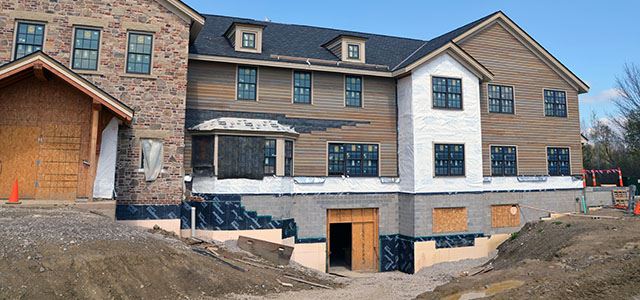
Why people are confusing these two barriers, and clearing up the confusion once and for all.
When we look at the modern building environment, one of the hottest topics on many people’s minds are weather barriers and moisture control. Air and moisture management are concerns not only to the design/development side of the industry, they are also major concerns to the construction team who are the front line in ensuring that the proper system is used and installed correctly.
We look to these systems to control not only the penetration of liquid water but also to control the migration of water vapor. When these systems fail, and moisture infiltrates a structure, a cascading host of problems can result, wood begins to rot, mold begins to grow, steel corrodes, and insulating R-values decline, the list of issues can seem to be endless. Not to mention that air migration through wall assemblies decreases the overall energy efficiency of the building.
Managing this issue is not a simple task, water and air are driven through leakage points by wind, gravity and capillary forces, exploiting weaknesses in the building envelope. Selecting the best system for the project, ensuring the system is proper for the application and that the installation is done following best practices helps determine the success of any project.
One of the areas of confusion revolves around the use of the terms “vapor barrier” and “air barrier.” While at times the terms are used interchangeably, at their core they represent different approaches.
Air barriers are commonly confused with vapor barriers. This lack of understanding stems from the fact that air carries water vapor. If the purpose of the barrier is to prevent the transport of water vapor via the air, it is a vapor barrier. If the intent is to prevent the movement of air itself then it is an air barrier. Let’s explore each term in a little more detail.
To read the full article from Walls & Ceilings, please click here.